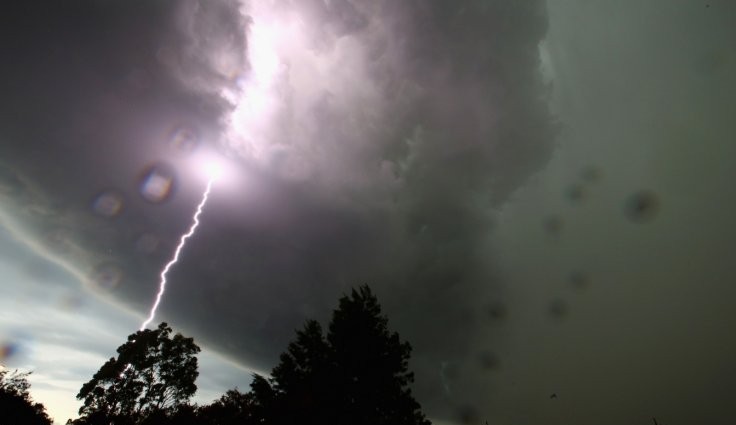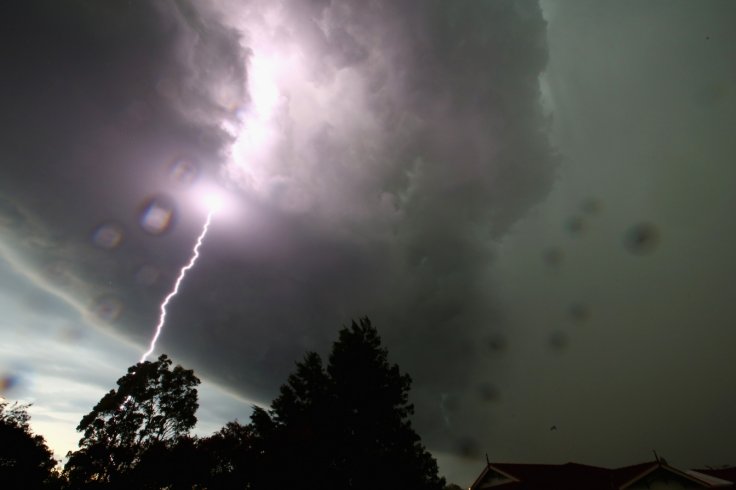Thunderstorm asthma claims six lives as rare phenomenon overwhelms Australia

Six people have now died from a rare phenomenon known as "thunderstorm asthma" in Melbourne, Australia, after heavy wind and rain triggered thousands of pollen-induced asthma attacks in the state of Victoria, health officials have said.
"We are now aware six deaths may have occurred as a result of conditions relating to the events," said Travers Purton, a spokesperson for the Department of Health in a statement. At least three more people are in a critical condition, the BBC reported.
While exact numbers of those affected in the incident vary, reports indicate that at least a dozen more patients were in hospitals across Melbourne with other – albeit less serious – respiratory issues. Five patients reportedly remain in intensive care.
Four of the victims tragically killed have been named as father-of-two Clarence Leo, Apollo Papadopoulos, 35, law student Hope Carnevali, 20, and Omar Moujalled, 18. At the time of publication, identities of the remaining victims have not been released.
Thunderstorm asthma occurs when rye grass pollen dampens, breaks into small pieces and is ingested into people's lungs. It is triggered by wet conditions after a thunderstorm – when pollen grains absorb moisture before bursting into much smaller fragments then spread by strong winds.
On 21 November, as initial reports of the incident started to emerge, hospital services in Melbourne quickly became overwhelmed with the influx of patients. Over 8,000 people received hospital treatment in relation to thunderstorm asthma symptoms within two days, officials said.
How will we save more lives? With 450 more paramedics and more ambulances on the road. #springst pic.twitter.com/nvK7CNrdWm
— Daniel Andrews (@DanielAndrewsMP) 26 ноября 2016 г.
"We essentially had a day's workload within five hours," said Mick Stephenson, Ambulance Victoria's executive director. "We were seeing asthma in people who had not experienced breathing issues before." He told the BBC: "It was extraordinarily busy, it was unprecedented."
Asthma Victoria chief Robin Ould said: "It's the south-east corner of Australia that has this high humidity, high thunderstorm activity at this time of the year. The key message of this event is that, if you have asthma, you should be using your preventative medication as prescribed."
Premier Daniel Andrews, leader of the government in the state of Victoria, promised a full investigation into the medical emergency and expressed his "thoughts and prayers" for everyone affected by the rare medical outbreak.
"Our commitment to those families is we will learn from what has gone on here, we will make the necessary improvements," he said. On 26 November, he tweeted: "How will we save more lives? With 450 more paramedics and more ambulances on the road."
Jill Hennessy, the Australian health minister, confirmed the probe would be conducted by the Inspector General for Emergency Management. According to the Herald Sun, she said: "It's a matter that warrants proper investigation, as well as our compassion."
However, opposition health spokeswoman Mary Wooldridge, said the planned government-backed probe was too little, too late. "This was life and death and there were no alerts to the media, the information was not going out to people," she said. "We need answers now, in advance of the bushfire season, in addition to the longer-term, independent review."
Политика конфиденциальности | Правила пользования сайтом








